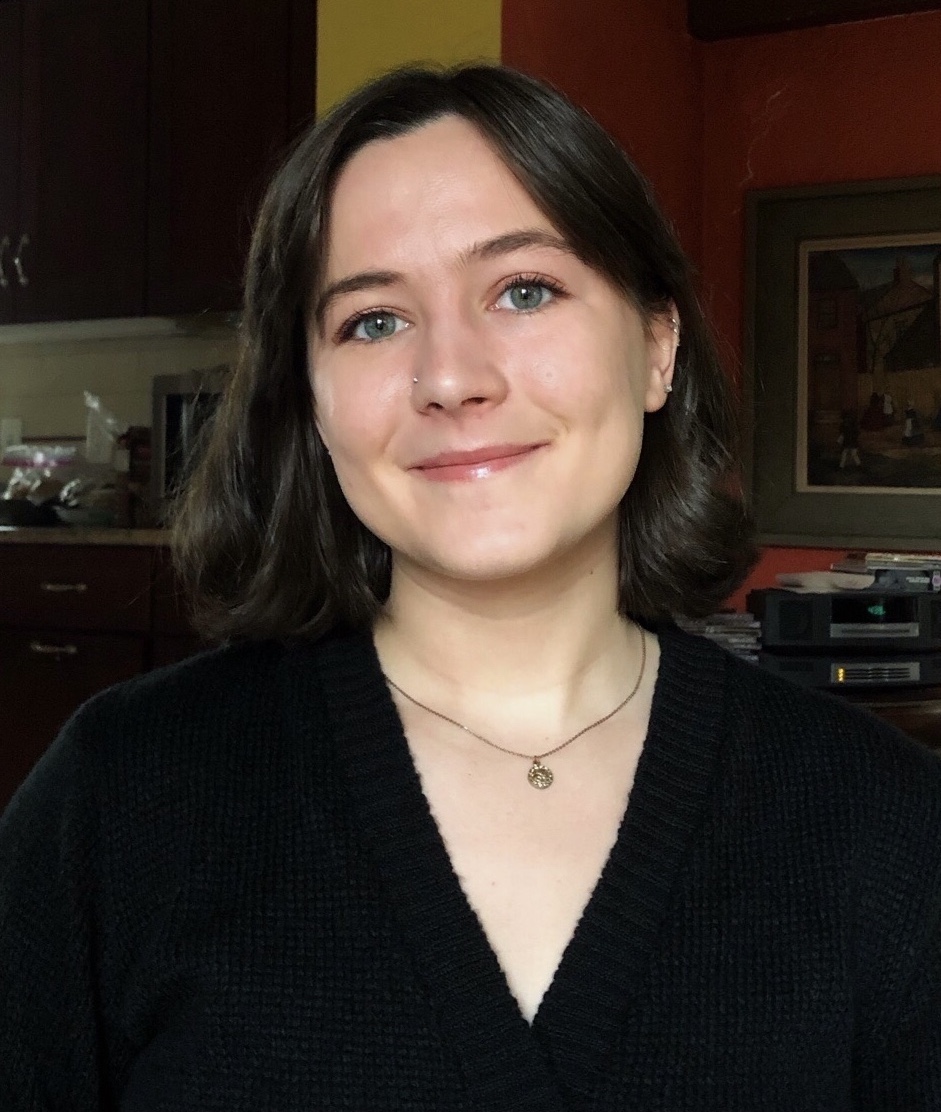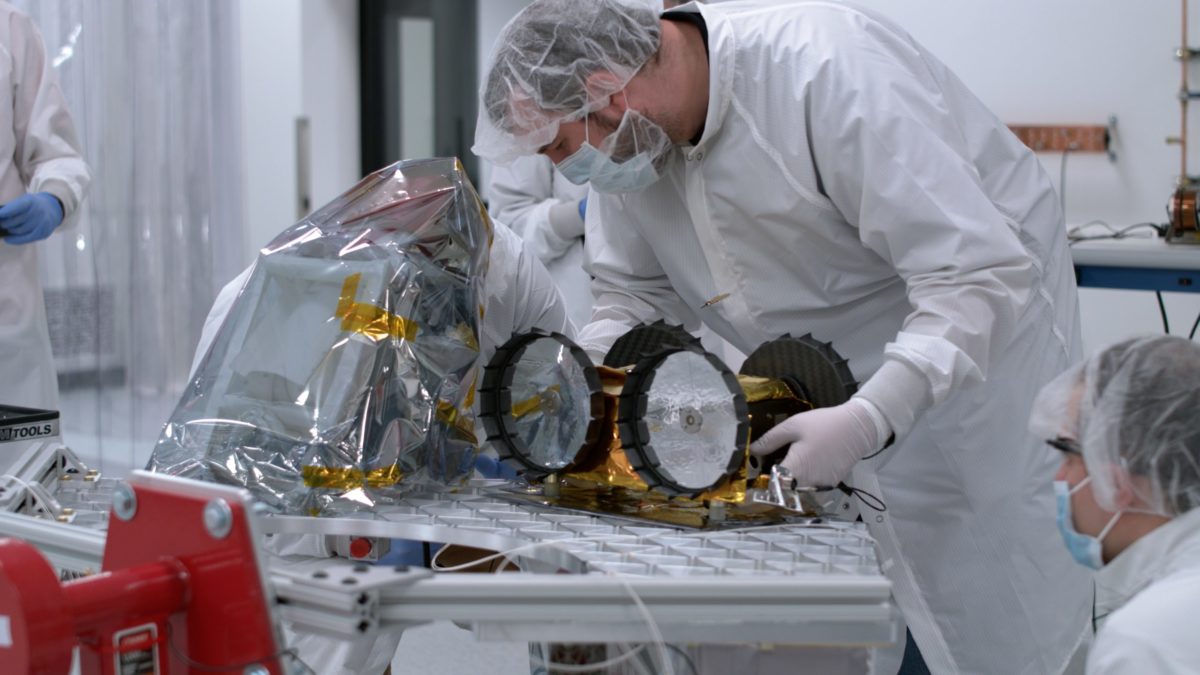A student-built rover from Carnegie Mellon University is one step closer to going to space.
This week, CMU’s Iris rover project announced that the small lunar vehicle had passed a significant innovation milestone as it prepares to head to the moon in a partnership with Astrobotic. The rover, which has been in the works for several years now, will be attached to Astrobotic’s Peregrine Lunar Lander for an expedition next year to collect scientific photos and data on the terrain and rock formations of the moon. But to do that, it first had to pass a series of simulations to ensure it would survive the trip.
On Wednesday, the Iris rover underwent tests of extreme space constraints, simulations of launch vibrations, temperature tests and vacuum environments, the university said. The student-led team behind the rover also performed tests on electronic emissions of the Iris to ensure it would have little interference with the Peregrine during launch.
Iris succeeded in all of them.
“It is exciting to reach this make-or-break milestone with only days left to the deadline after pursuing this goal for years,” said Raewyn Duvall, the program manager for Iris and a Ph.D. student in electrical and computer engineering at CMU, in a statement. “Success was so elusive with many development setbacks and schedule delays, and it has been hard-earned by the team. We gave this everything. Now success on the moon is up to the robot.”
When the rover joins Astrobotic’s Peregrine on the journey to space next year, it will be the first American student-developed rover to land on the moon, as well as the smallest and lightest than ever before, coming in at a mere four pounds at a size comparable to a shoebox.
It kind of leads the way for other student teams to be able to say, Hey, this is possible to do.
“The big thing for it is being small and so therefore, relatively cheap in the world of space,” Duvall told Technical.ly. “That’s a huge, huge thing to be able to make a something so small. Because especially for rovers, which have always been really big, it’s so expensive to get there.”
The Iris rover is the culmination of work over many years from hundreds of CMU students, and is part of a larger effort to develop spacecraft at the university which began with a big win at the Google Lunar XPRIZE competition in 2014. Since then, Duvall said, students working on related projects have iterated for different space needs, with the help of Astrobotic for design reviews and professional resources along the way. A parallel project still in the works under another partnership between Astrobotic and the university is the MoonRanger, an autonomous lunar rover funded by a $5.6 million development grant from NASA.
Beyond the downsized scale and cost of Iris, Duvall emphasized that the student-led development of the rover is significant.
“We are a university team, which is kind of a big deal in the sense of it kind of leads the way for other student teams to be able to say, ‘Hey, this is possible to do,'” Duvall said, adding that most universities focus their space innovation on the use of CubeSats, a form of nanosatellites. Iris “shows that universities can do rovers as well, for the moon and other planets.”
Sophie Burkholder is a 2021-2022 corps member for Report for America, an initiative of The Groundtruth Project that pairs young journalists with local newsrooms. This position is supported by the Heinz Endowments.Before you go...
Please consider supporting Technical.ly to keep our independent journalism strong. Unlike most business-focused media outlets, we don’t have a paywall. Instead, we count on your personal and organizational support.
Join our growing Slack community
Join 5,000 tech professionals and entrepreneurs in our community Slack today!

The person charged in the UnitedHealthcare CEO shooting had a ton of tech connections

From rejection to innovation: How I built a tool to beat AI hiring algorithms at their own game

Where are the country’s most vibrant tech and startup communities?


